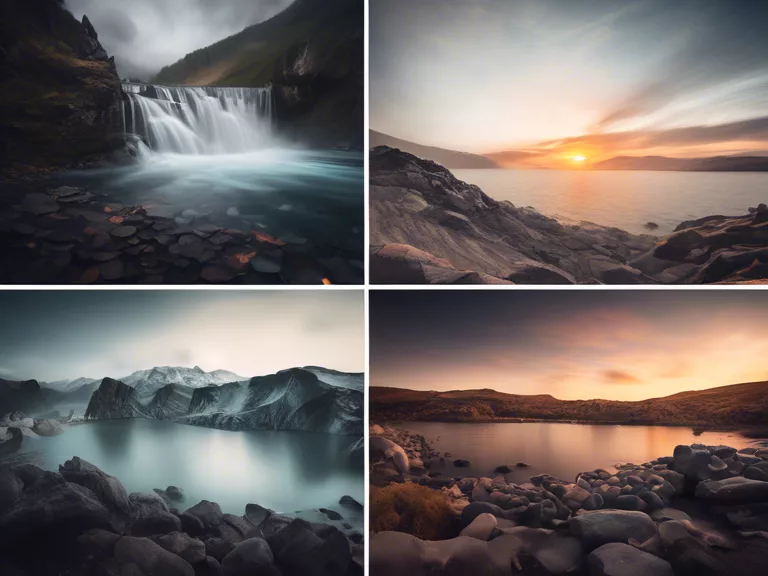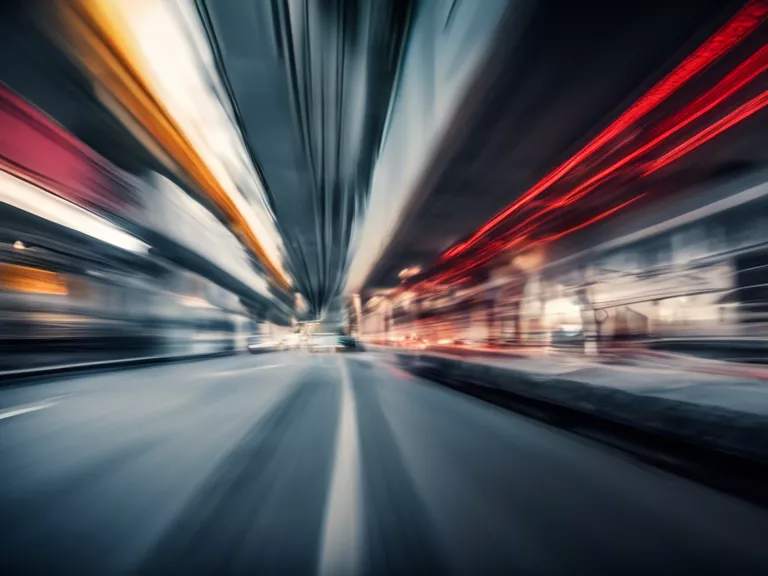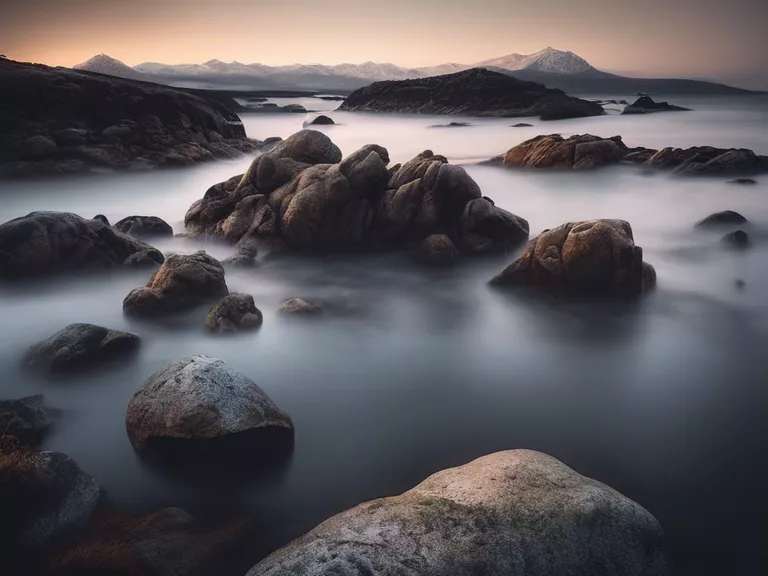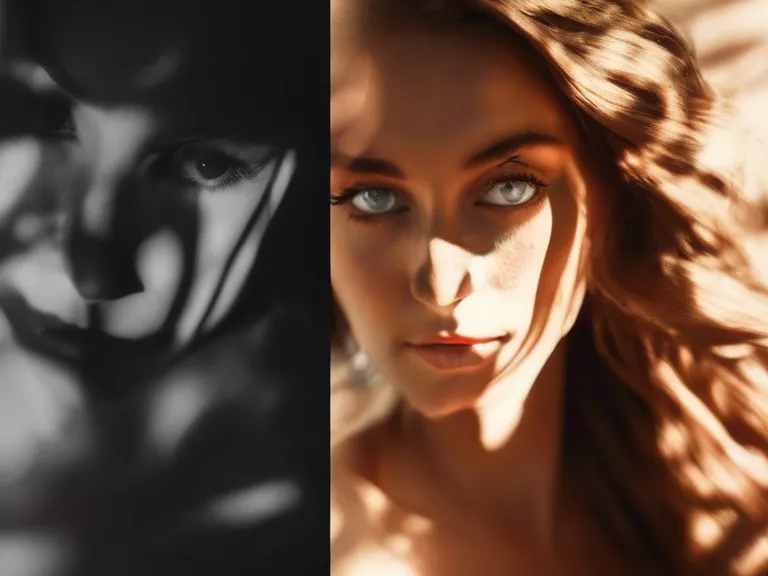
How to Choose the Right Filters for Different Photography Styles
Filters are an essential tool in a photographer's kit, helping to enhance and manipulate images to achieve a desired effect. With a wide range of filters available, it can be overwhelming to know which ones to choose for different photography styles. In this guide, we will break down the types of filters and how to select the right ones for various photography genres.
1. Landscape Photography
For landscape photography, a polarizing filter is a must-have. This filter helps to reduce glare and reflections, making colors more vibrant and enhancing contrast in the sky and water. Neutral density filters are also useful to control exposure in bright lighting conditions, allowing for longer exposures to capture movement like flowing water or moving clouds.
2. Portrait Photography
In portrait photography, a softening filter can help achieve a flattering, soft focus effect on the skin and minimize imperfections. A color-correction filter might also be used to adjust the tones in the image, enhancing skin tones or creating a specific mood.
3. Black and White Photography
For black and white photography, a red filter can help increase contrast between different shades of gray, making the image more dramatic. A yellow filter can also enhance tonal separation, while a blue filter can create a cooler tone to the image.
4. Macro Photography
When shooting close-up and macro shots, a close-up filter can provide magnification to capture fine details. A diffuser filter can also help soften harsh light and create a more even lighting on the subject.
5. Street Photography
In street photography, a graduated neutral density filter can be handy to balance exposure between the bright sky and darker foreground in urban settings. A color-enhancing filter can also boost colors and add vibrancy to street scenes.
By understanding the different types of filters and their effects, photographers can enhance their images and achieve the desired look for various photography styles.



